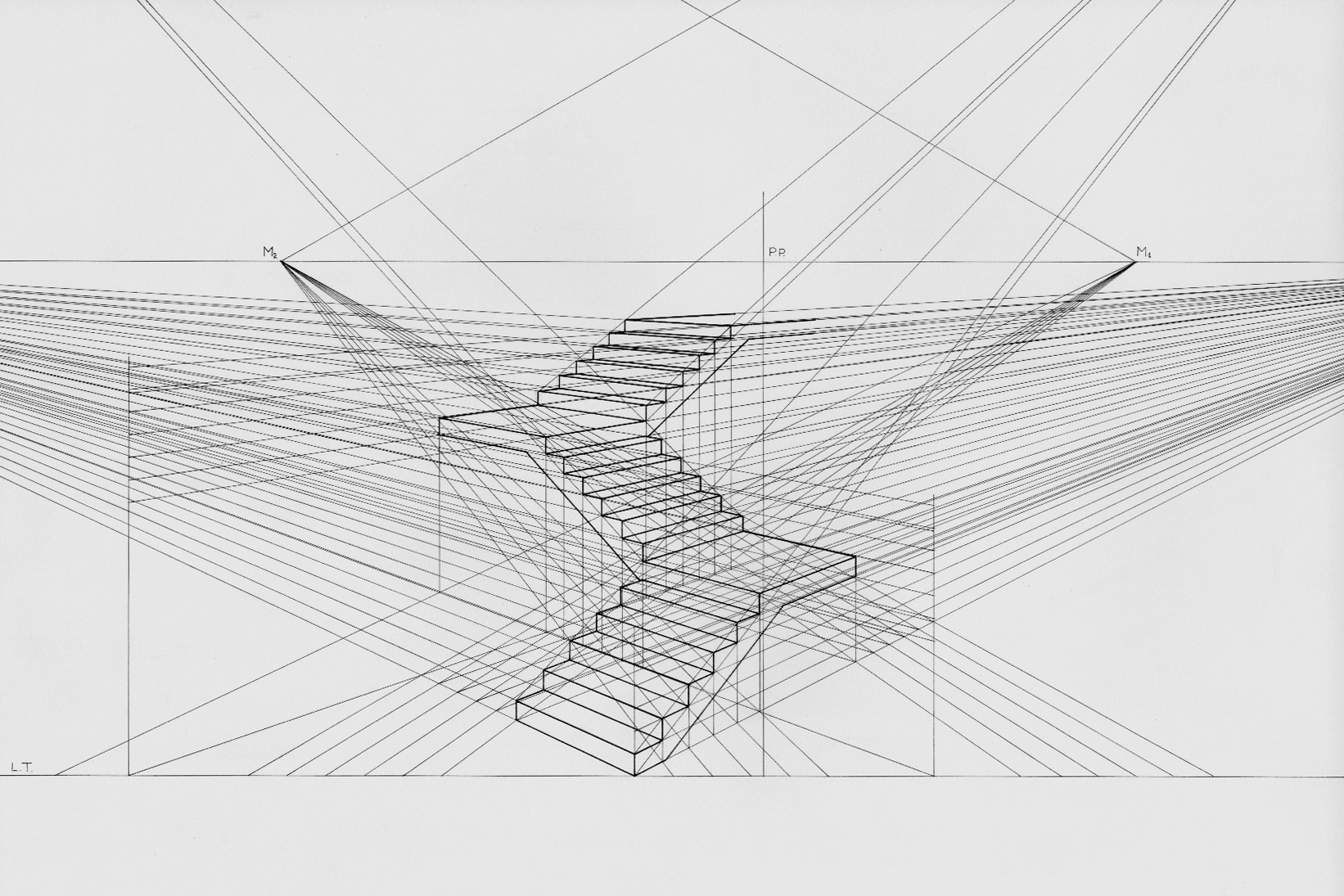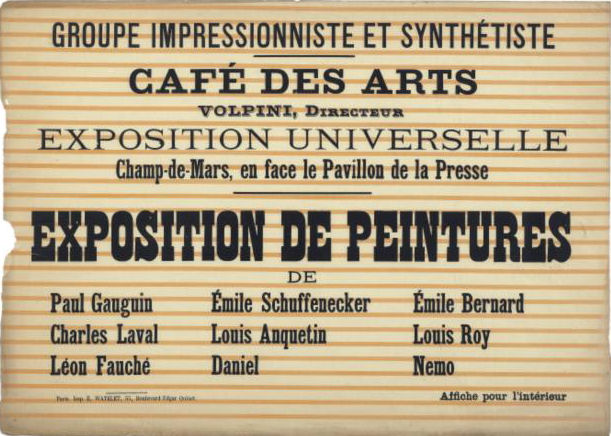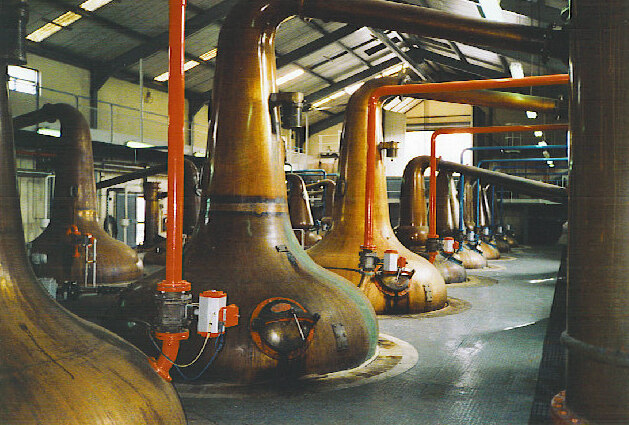|
Fruit Bowl On A Table
''Fruit Bowl on a Table'' is a circa 1934 still-life painting by the French artist Pierre Bonnard which was bought by the city of Strasbourg in 1995 from the heiresses of Claude Roger-Marx Claude Roger-Marx (12 November 1888, Paris – 17 May 1977, Paris), was a French writer, and playwright, as well as an art critic and art historian like his father Roger Marx (1859–1913). He also used the pen name "Claudinet". Biography Roge .... Today this painting is in the Musée d'Art moderne et contemporain. The painting, with its slightly distorted perspective and its contrast of warm colors with dark shadows displays the late Bonnard's characteristic search for new means to depict space. It is one of several still life paintings he created in that decade. References Paintings by Pierre Bonnard Paintings in the collection of the Strasbourg Museum of Modern and Contemporary Art Still life paintings 1934 paintings Post-impressionist paintings Grape Apples Oil on canva ... [...More Info...] [...Related Items...] OR: [Wikipedia] [Google] [Baidu] |
Pierre Bonnard
Pierre Bonnard (; 3 October 186723 January 1947) was a French painter, illustrator and printmaker, known especially for the stylized decorative qualities of his paintings and his bold use of color. A founding member of the Post-Impressionist group of avant-garde painters Les Nabis, his early work was strongly influenced by the work of Paul Gauguin, as well as the prints of Hokusai and other Japanese artists. Bonnard was a leading figure in the transition from Impressionism to Modernism. He painted landscapes, urban scenes, portraits and intimate domestic scenes, where the backgrounds, colors and painting style usually took precedence over the subject. Early life and education Pierre Bonnard was born in Fontenay-aux-Roses, Hauts-de-Seine on 3 October 1867. His mother, Élisabeth Mertzdorff, was from Alsace. His father, Eugène Bonnard, was from the Dauphiné, and was a senior official in the French Ministry of War. He had a brother, Charles, and a sister, Andrée, who in 1890 ... [...More Info...] [...Related Items...] OR: [Wikipedia] [Google] [Baidu] |
Perspective (graphical)
Linear or point-projection perspective (from la, perspicere 'to see through') is one of two types of graphical projection perspective in the graphic arts; the other is parallel projection. Linear perspective is an approximate representation, generally on a flat surface, of an image as it is seen by the eye. Perspective drawing is useful for representing a three-dimensional scene in a two-dimensional medium, like paper. The most characteristic features of linear perspective are that objects appear smaller as their distance from the observer increases, and that they are subject to ''foreshortening'', meaning that an object's dimensions along the line of sight appear shorter than its dimensions across the line of sight. All objects will recede to points in the distance, usually along the horizon line, but also above and below the horizon line depending on the view used. Italian Renaissance painters and architects including Masaccio, Paolo Uccello, Piero della Francesca and ... [...More Info...] [...Related Items...] OR: [Wikipedia] [Google] [Baidu] |
Grape
A grape is a fruit, botanically a berry (botany), berry, of the deciduous woody vines of the flowering plant genus ''Vitis''. Grapes are a non-Climacteric (botany), climacteric type of fruit, generally occurring in clusters. The cultivation of grapes began perhaps 8,000 years ago, and the fruit has been used as human food over history. Eaten fresh or in dried form (as raisins, Zante currant, currants and Sultana (grape), sultanas), grapes also hold cultural significance in many parts of the world, particularly for their role in winemaking. Other grape-derived products include various types of jam, juice, vinegar and oil. History The Middle East is generally described as the homeland of grape and the cultivation of this plant began there 6,000–8,000 years ago. Yeast (wine), Yeast, one of the earliest domesticated microorganisms, occurs naturally on the skins of grapes, leading to the discovery of alcoholic drinks such as wine. The earliest archeological evidence for a domi ... [...More Info...] [...Related Items...] OR: [Wikipedia] [Google] [Baidu] |
Post-impressionist Paintings
Post-Impressionism (also spelled Postimpressionism) was a predominantly French art movement that developed roughly between 1886 and 1905, from the last Impressionist exhibition to the birth of Fauvism. Post-Impressionism emerged as a reaction against Impressionists' concern for the naturalistic depiction of light and colour. Its broad emphasis on abstract qualities or symbolic content means Post-Impressionism encompasses Les Nabis, Neo-Impressionism, Symbolism, Cloisonnism, the Pont-Aven School, and Synthetism, along with some later Impressionists' work. The movement's principal artists were Paul Cézanne (known as the father of Post-Impressionism), Paul Gauguin, Vincent van Gogh and Georges Seurat. The term Post-Impressionism was first used by art critic Roger Fry in 1906.Peter Morrin, Judith Zilczer, William C. Agee, ''The Advent of Modernism. Post-Impressionism and North American Art, 1900-1918'', High Museum of Art, 1986 Critic Frank Rutter in a review of the Salon d' ... [...More Info...] [...Related Items...] OR: [Wikipedia] [Google] [Baidu] |
1934 Paintings
Events January–February * January 1 – The International Telecommunication Union, a specialist agency of the League of Nations, is established. * January 15 – The 8.0 1934 Nepal–Bihar earthquake, Nepal–Bihar earthquake strikes Nepal and Bihar with a maximum Mercalli intensity scale, Mercalli intensity of XI (''Extreme''), killing an estimated 6,000–10,700 people. * January 26 – A 10-year German–Polish declaration of non-aggression is signed by Nazi Germany and the Second Polish Republic. * January 30 ** In Nazi Germany, the political power of federal states such as Prussia is substantially abolished, by the "Law on the Reconstruction of the Reich" (''Gesetz über den Neuaufbau des Reiches''). ** Franklin D. Roosevelt, President of the United States, signs the Gold Reserve Act: all gold held in the Federal Reserve is to be surrendered to the United States Department of the Treasury; immediately following, the President raises the statutory gold price from ... [...More Info...] [...Related Items...] OR: [Wikipedia] [Google] [Baidu] |
Still Life Paintings
A still is an apparatus used to distill liquid mixtures by heating to selectively boil and then cooling to condense the vapor. A still uses the same concepts as a basic distillation apparatus, but on a much larger scale. Stills have been used to produce perfume and medicine, water for injection (WFI) for pharmaceutical use, generally to separate and purify different chemicals, and to produce distilled beverages containing ethanol. Application Since ethanol boils at a much lower temperature than water, simple distillation can separate ethanol from water by applying heat to the mixture. Historically, a copper vessel was used for this purpose, since copper removes undesirable sulfur-based compounds from the alcohol. However, many modern stills are made of stainless steel pipes with copper linings to prevent erosion of the entire vessel and lower copper levels in the waste product (which in large distilleries is processed to become animal feed). Copper is the preferred materia ... [...More Info...] [...Related Items...] OR: [Wikipedia] [Google] [Baidu] |
Paintings In The Collection Of The Strasbourg Museum Of Modern And Contemporary Art
Painting is the practice of applying paint, pigment, color or other medium to a solid surface (called the "matrix" or "support"). The medium is commonly applied to the base with a brush, but other implements, such as knives, sponges, and airbrushes, can be used. In art, the term ''painting ''describes both the act and the result of the action (the final work is called "a painting"). The support for paintings includes such surfaces as walls, paper, canvas, wood, glass, lacquer, pottery, leaf, copper and concrete, and the painting may incorporate multiple other materials, including sand, clay, paper, plaster, gold leaf, and even whole objects. Painting is an important form in the visual arts, bringing in elements such as drawing, composition, gesture (as in gestural painting), narration (as in narrative art), and abstraction (as in abstract art). Paintings can be naturalistic and representational (as in still life and landscape painting), photographic, abstract, narrati ... [...More Info...] [...Related Items...] OR: [Wikipedia] [Google] [Baidu] |
Claude Roger-Marx
Claude Roger-Marx (12 November 1888, Paris – 17 May 1977, Paris), was a French writer, and playwright, as well as an art critic and art historian like his father Roger Marx (1859–1913). He also used the pen name "Claudinet". Biography Roger-Marx, son of Roger Marx and Elisa Nathan (1859–1933), achieved his baccalauréat in 1906, studied at the faculties of law and humanities of the University of Paris,''Inventaire du fonds d'archives de Claude ROGER-MARX (1888-1977)'' (French), biography by his grandchildren. and began to write poems and plays. In 1912 he married Florestine Caroline Nathan, who gave birth to their two children. [...More Info...] [...Related Items...] OR: [Wikipedia] [Google] [Baidu] |
Oil Painting
Oil painting is the process of painting with pigments with a medium of drying oil as the binder. It has been the most common technique for artistic painting on wood panel or canvas for several centuries, spreading from Europe to the rest of the world. The advantages of oil for painting images include "greater flexibility, richer and denser colour, the use of layers, and a wider range from light to dark". But the process is slower, especially when one layer of paint needs to be allowed to dry before another is applied. The oldest known oil paintings were created by Buddhist artists in Afghanistan and date back to the 7th century AD. The technique of binding pigments in oil was later brought to Europe in the 15th century, about 900 years later. The adoption of oil paint by Europeans began with Early Netherlandish painting in Northern Europe, and by the height of the Renaissance, oil painting techniques had almost completely replaced the use of tempera paints in the majority ... [...More Info...] [...Related Items...] OR: [Wikipedia] [Google] [Baidu] |
Still-life
A still life (plural: still lifes) is a work of art depicting mostly inanimate subject matter, typically commonplace objects which are either natural (food, flowers, dead animals, plants, rocks, shells, etc.) or man-made (drinking glasses, books, vases, jewelry, coins, pipes, etc.). With origins in the Middle Ages and Ancient Greco-Roman art, still-life painting emerged as a distinct genre and professional specialization in Western painting by the late 16th century, and has remained significant since then. One advantage of the still-life artform is that it allows an artist much freedom to experiment with the arrangement of elements within a composition of a painting. Still life, as a particular genre, began with Netherlandish painting of the 16th and 17th centuries, and the English term ''still life'' derives from the Dutch word ''stilleven''. Early still-life paintings, particularly before 1700, often contained religious and allegorical symbolism relating to the objects depic ... [...More Info...] [...Related Items...] OR: [Wikipedia] [Google] [Baidu] |
Strasbourg
Strasbourg (, , ; german: Straßburg ; gsw, label=Bas Rhin Bas-Rhin (; Alsatian: ''Unterelsàss'', ' or '; traditional german: links=no, Niederrhein; en, Lower Rhine) is a department in Alsace which is a part of the Grand Est super-region of France. The name means 'Lower Rhine', referring to its lowe ... Alsatian dialect, Alsatian, Strossburi , gsw, label=Haut Rhin Alsatian dialect, Alsatian, Strossburig ) is the Prefectures in France, prefecture and largest city of the Grand Est Regions of France, region of Geography of France, eastern France and the Seat of the European Parliament in Strasbourg, official seat of the European Parliament. Located at the France–Germany border, border with Germany in the historic region of Alsace, it is the prefecture of the Bas-Rhin Departments of France, department. In 2019, the city proper had 287,228 inhabitants and both the Eurométropole de Strasbourg (Greater Strasbourg) and the Arrondissement of Strasbourg had 505,272 inhabita ... [...More Info...] [...Related Items...] OR: [Wikipedia] [Google] [Baidu] |







_-_Bouquet_of_Flowers_in_a_Ceramic_Vase.jpg)
